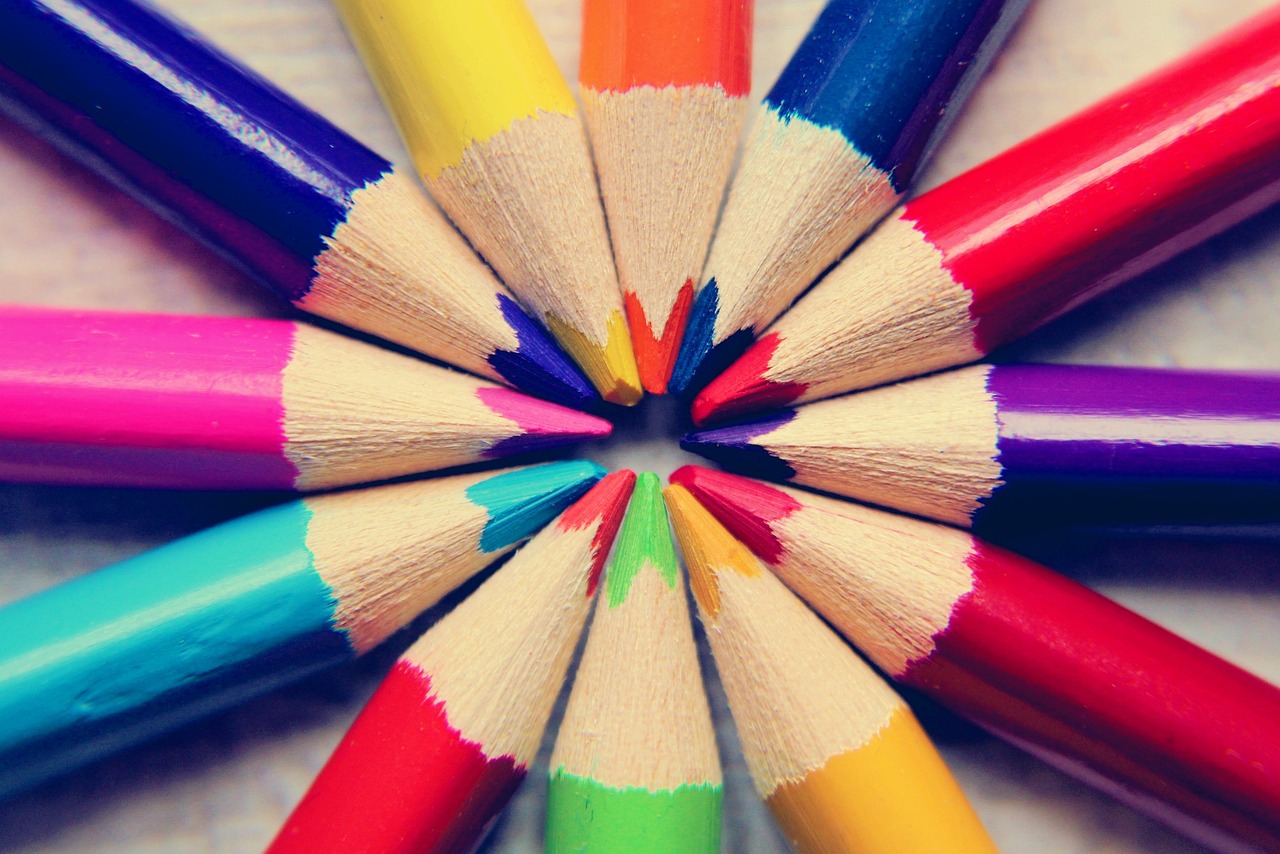
How to Draw: A Beginner’s Guide to Artistic Expression
Drawing is a beautiful form of artistic expression that allows you to create visual representations of your ideas, emotions, and observations. Whether you’re a complete beginner or someone looking to improve their drawing skills, this guide will provide you with essential tips and steps to get started on your artistic journey.
Step 1: Gather Your Supplies
Before you begin drawing, gather the necessary supplies. You’ll need a sketchbook or drawing paper, pencils of various hardness (such as 2B, HB, and 4H), an eraser, and a sharpener. Optional materials include colored pencils, markers, or charcoal for exploring different drawing styles.
Step 2: Warm-Up Exercises
Start with warm-up exercises to loosen your hand and get comfortable with the pencil. Practice making lines, circles, and basic shapes. Experiment with different pressure and pencil angles to create varying line thicknesses.
Step 3: Observe and Sketch
Observation is key to drawing realistically. Find simple objects around you and sketch them. Pay attention to their shapes, proportions, and details. Start with basic objects like fruits, household items, or flowers. Don’t worry about perfection; the goal is to practice your observation skills.
Step 4: Understanding Perspective
Learning perspective will add depth and realism to your drawings. Study one-point and two-point perspective to understand how objects appear to recede into the distance. This knowledge will help you draw more convincing scenes and environments.
Step 5: Study Basic Anatomy
If you’re interested in drawing people or animals, studying basic anatomy is crucial. Learn about the proportions of the human body and how different parts connect. Similarly, understand the anatomy of animals you wish to draw.
Step 6: Use References
As you progress, use references for more complex subjects. Photographs, art books, and online resources can provide valuable references for your drawings. Remember that using references is a common practice in art and helps improve accuracy and realism.
Step 7: Experiment with Shading and Textures
Shading adds depth and dimension to your drawings. Experiment with different shading techniques, such as hatching, cross-hatching, and blending. Explore how different pencils create various textures and effects.
Step 8: Be Patient and Persistent
Drawing is a skill that takes time and practice to master. Be patient with yourself and stay persistent. Don’t be discouraged by mistakes; they are opportunities to learn and grow as an artist.
Step 9: Seek Feedback and Learn from Others
Share your drawings with friends, family, or online art communities. Feedback from others can provide valuable insights and encouragement. Additionally, observe and learn from artists whose work inspires you.
Step 10: Enjoy the Process
Above all, enjoy the process of drawing. Let your creativity flow, and don’t be afraid to experiment and take risks. Drawing is a journey of self-expression and discovery, and every stroke of the pencil is a step towards enhancing your artistic skills.
Remember, there are no right or wrong ways to draw. Your unique style and perspective are what make your art special. Embrace the joy of creating, and let your imagination guide you on this artistic adventure.

